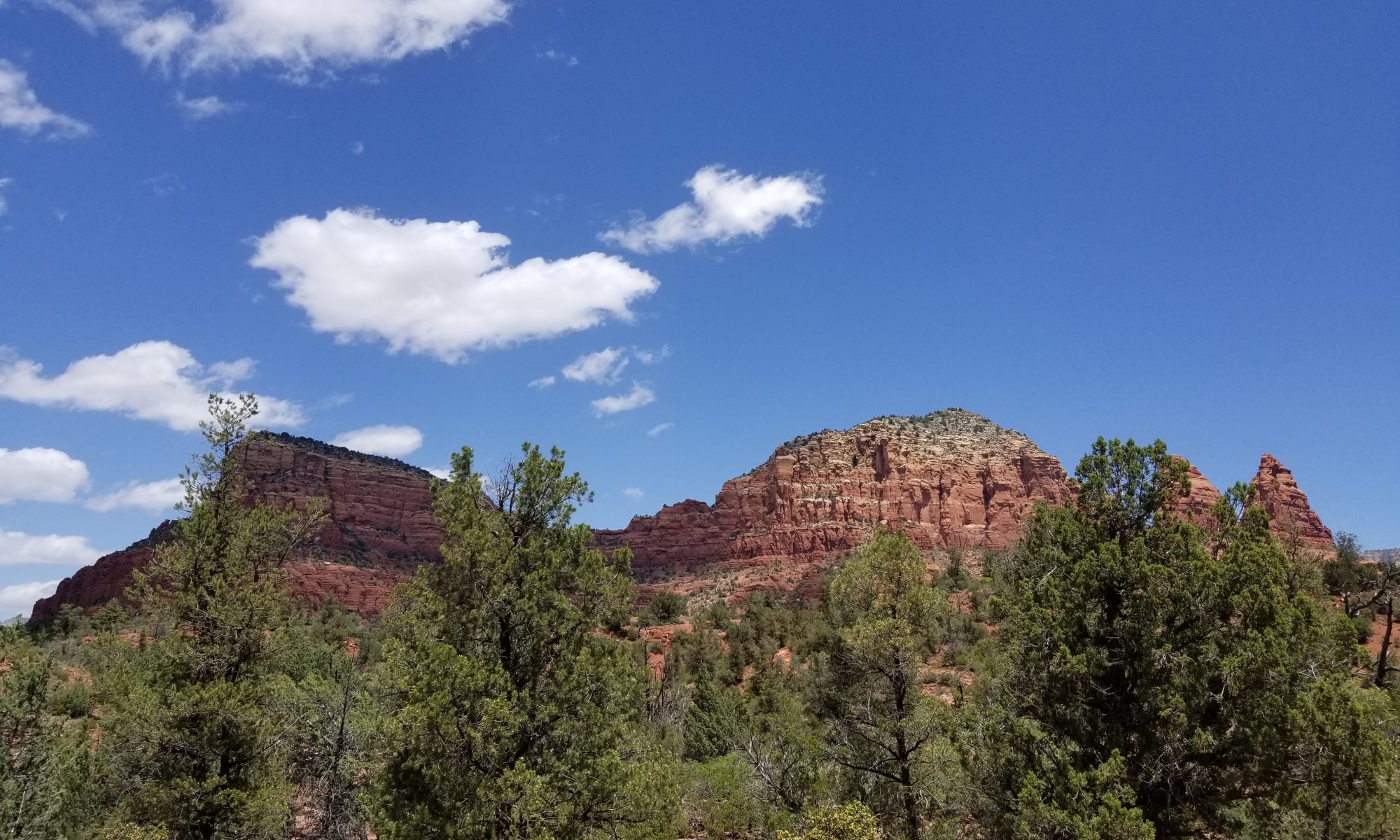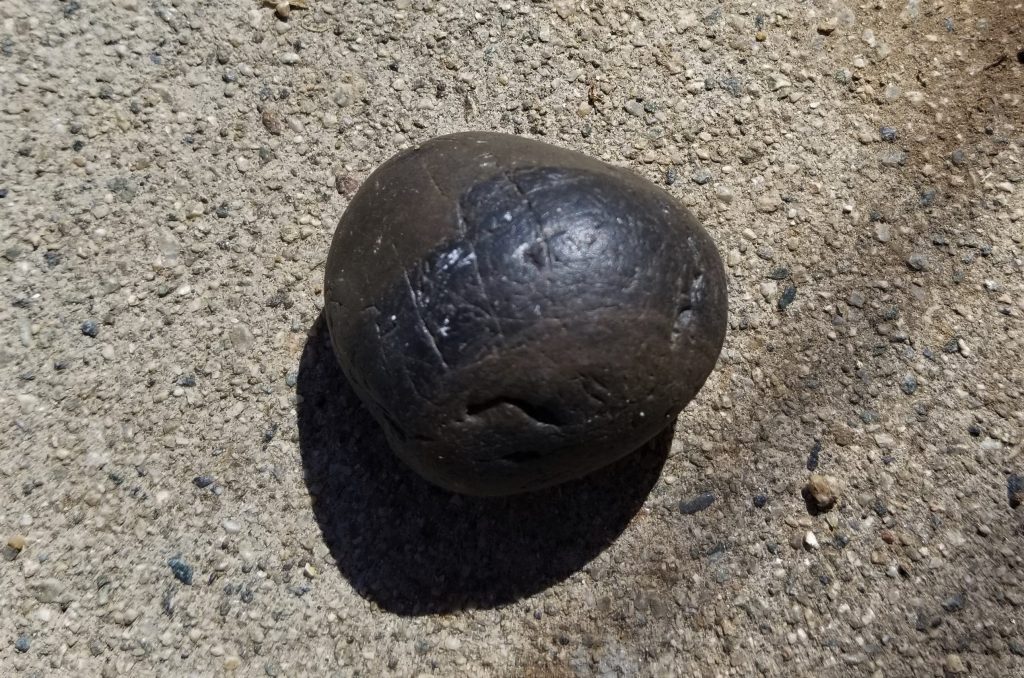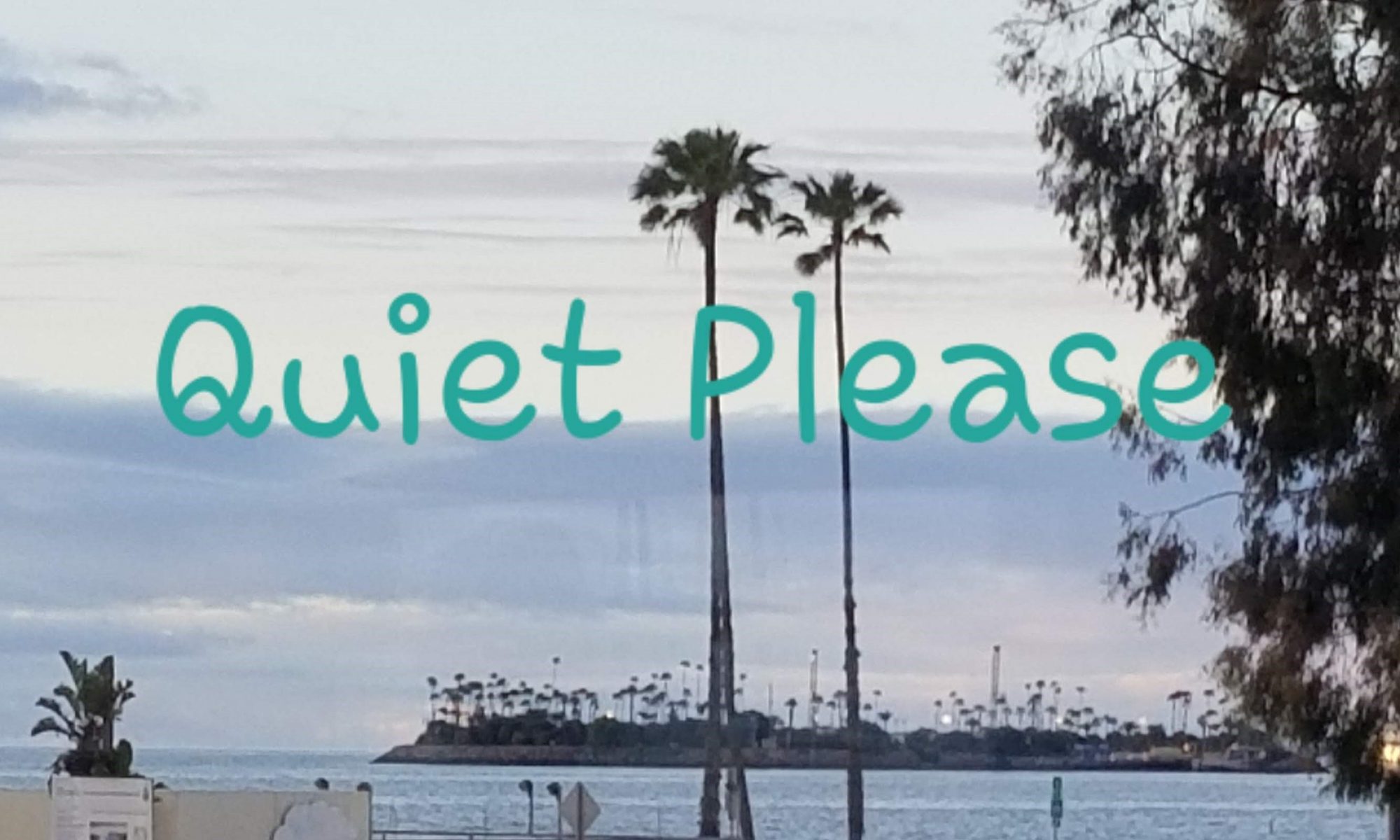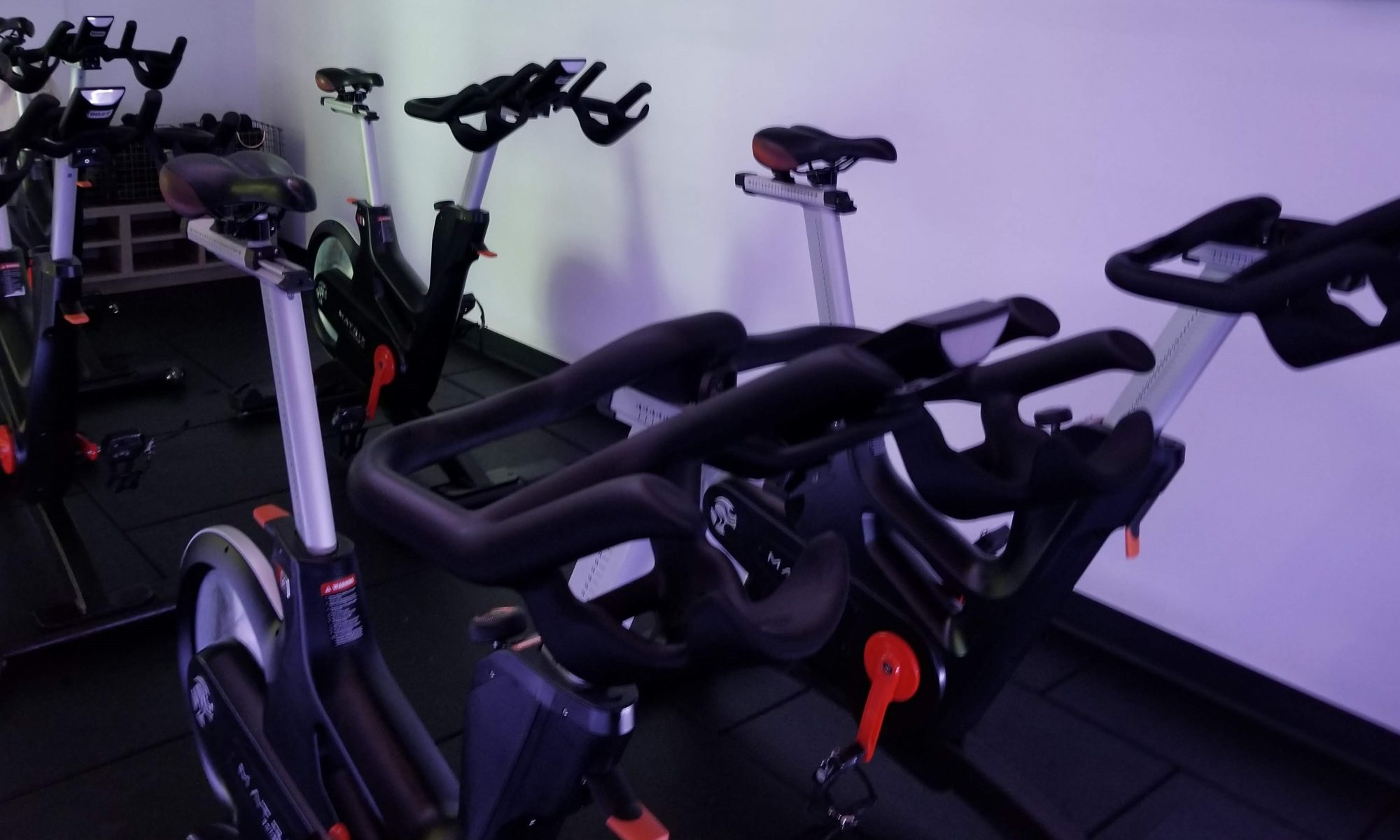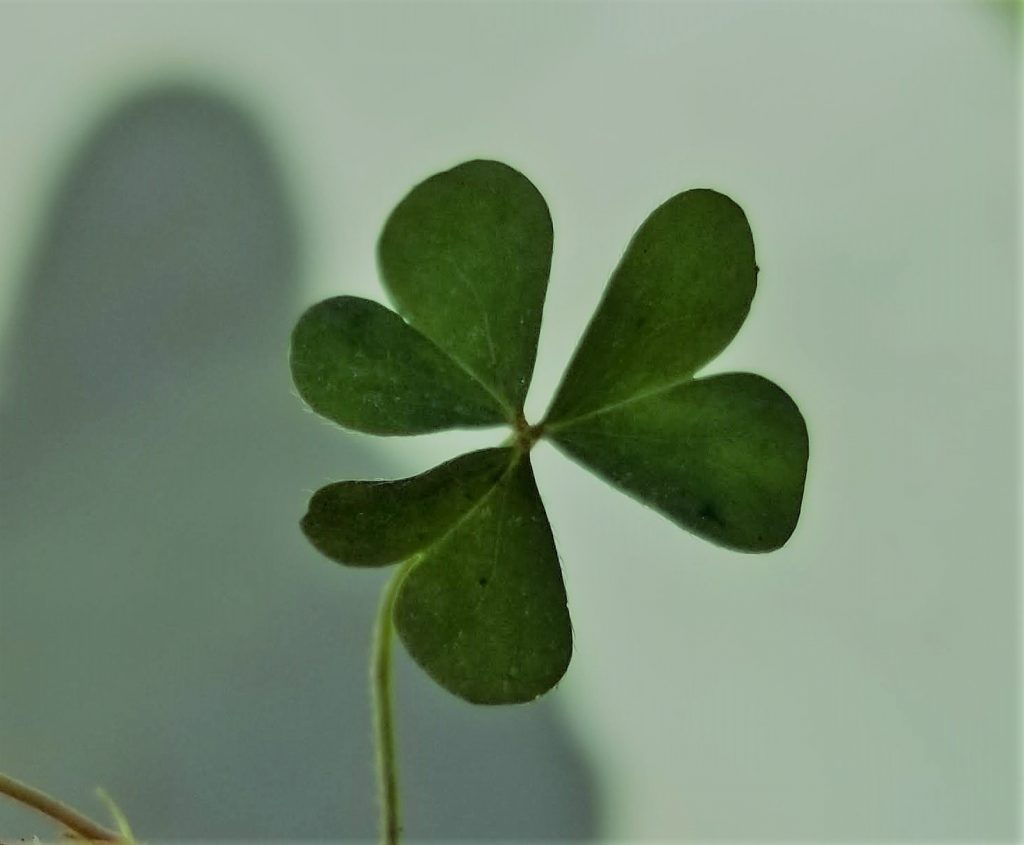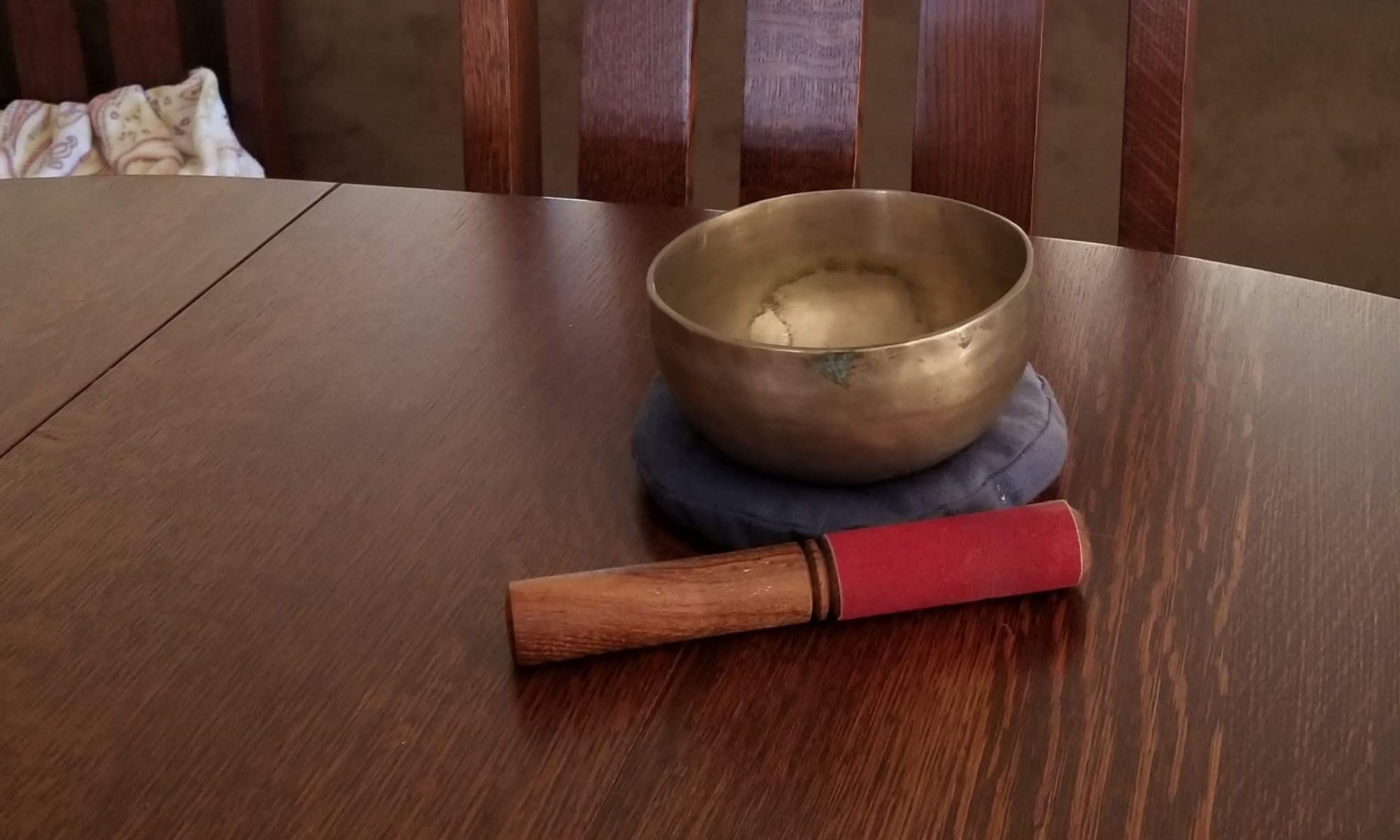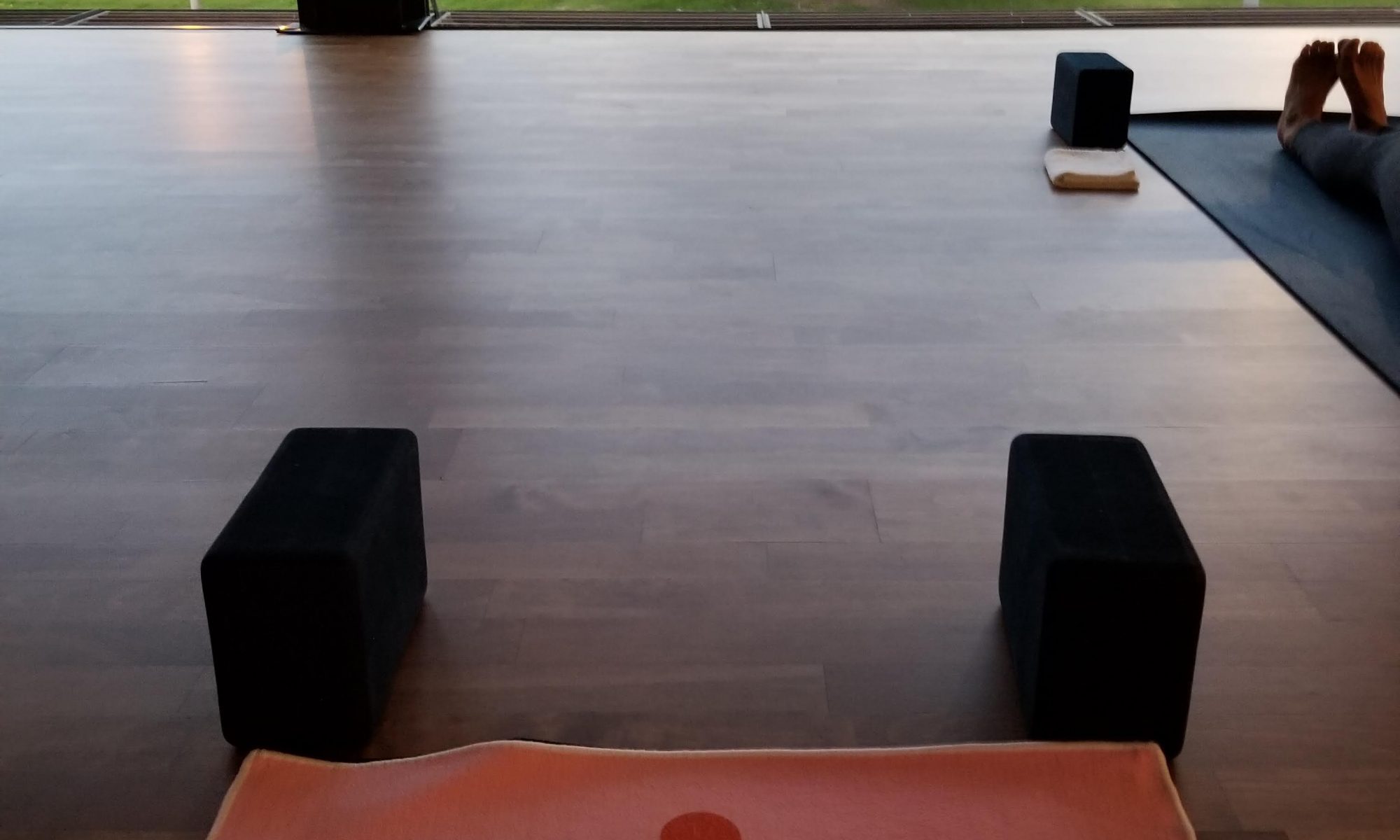Long story short: I participated in an Apache, Two-Spirit, all women sweat lodge ceremony last weekend. It was very cool (actually it was very hot) – there was singing songs and what I would call dharma sharing and lots and lots of sweating. So much sweating.
The woman leading the lodge was very easy going. She instructed us as to the proper way to do something (entering the lodge for example) and they she would say that if we felt that we needed to do that thing another way, that was okay.
One of the instructions was that if we ever felt like we were over heated and wanted to get out of the lodge before the end of the ceremony, all we had to say was that, “the spirit moves me elsewhere.”
Some of the women participating in the lodge did decide to step out at different points of the ceremony. They all said the phrase as they exited the lodge.
After the ceremony, I was talking with the friends who I had gone with (they always know where to find the fun woo woo things to do) and we started talking about the phrase, “the spirit moves me elsewhere.”
It seems to me that this phrase may have terrific application in all sorts of life situations, not just sweat lodge ceremonies.
Think about it: anytime you find yourself in an unpleasant situation or even just can’t find an easy way to wrap up a conversation, you can deploy this phrase and leave. Maybe you’re at a cocktail party and you’re just done talking to someone, use this phrase to extract yourself. You don’t even have to actually leave, just move to a different part of the room. Whatever it is you could just say, “the spirit moves me elsewhere,” and move. No more awkward goodbyes. It’s brilliant.
Think about it. I really don’t see any situation where anyone can challenge that statement.
As I write this, it reminds me about an old story from this place where I used to work. There was this gal who had worked there before me (this is one of those old, workplace legends), and one day it was either freezing cold (it was often freezing cold in that office) or the air conditioning wasn’t working … something like that. At one point, this gal just gets up, states, “I can’t work under these conditions,” grabs her bag and leaves. Like really leaves. Like goes home for the day. It still makes me giggle just thinking about it now.
What makes this story even more delightful is the fact that we were subject to a very strict time-keeping policy in that office and the idea that someone would just get up and leave is beyond the pale. I’ll tell you what, there were more than a few times when I wished I could have said, “I can’t work under these conditions,” and left.
Sometimes, you just have to go.
The spirit moves me elsewhere.

